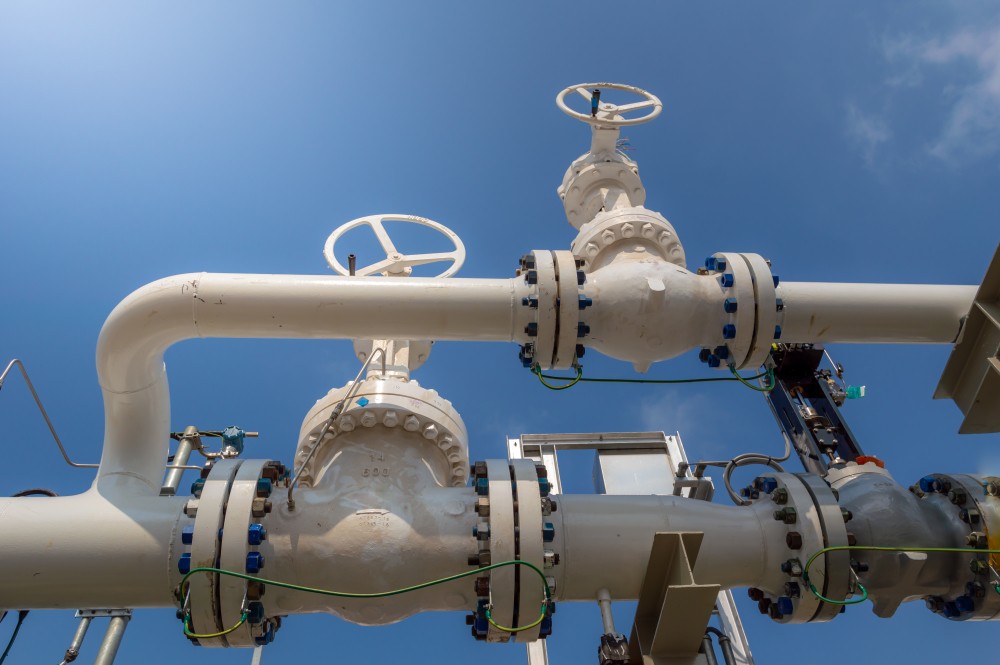As world leaders meet for Earth Day this week, governments and corporations will be under the scope for the steps they’re practicing to fight the climate crisis. While this has become a yearly tradition, this year presents a new chance to take two of the most urgent issues of our time together.
The overwhelming bulk of Americans require more significant action on the climate, studies decide.
Over the past decade, more and more people have stated they want environmental protection prioritized over economic growth. This turn is working out in investment strategies as well. A newly released survey from Robeco found that climate change is now a vital factor in the investment policy of nearly three-quarters (73%) of investors surveyed.
Renewable energy’s rapid growth is stimulating a national turn to a carbon-free electric power system.
So far, 17 states plus the District of Columbia and Puerto Rico have approved laws or executive orders establishing goals for leading 100% clean electricity by 2050 or earlier.
And 46 U.S. utilities have promised to go carbon-free. Now the Biden administration and some members of Congress are suggesting to decarbonize the power sector by 2035.
While this much turnover in 15 years appears ambitious, a new report, “Halfway to Zero,” glances back at the past 15 years and discovers that power-sector emissions are half of what they were proposed to be.
Analyst examined the “business as usual” prediction in the 2005 Annual Energy Outlook published by the Energy Information Administration, the U.S. government’s official agency for data collection and analysis. The analysis prognosticated that annual carbon dioxide emissions from the electric power sector would grow from 2,400 million to 3,000 million metric tons from 2005 to 2020.
Alternatively, they dropped to 1,450 million metric tons—52% under projected levels. In summary, the U.S. electricity sector has directed to march halfway to zero in just 15 years.
Cleaner fuels and more efficient devices
This fall occurred thanks to policy, market, and technology drivers.
The overall requirement for electricity in 2020 was nearly the equivalent as in 2005 and 24% below than projected by federal energy forecasters. This was slight to economic changes, such as a more moderate financial increase from two recessions and somewhat lower population growth.
The U.S. has also become more energy-efficient after 2005, thanks to policies and technology improvements. Many devices that power our lives, like LED lights, get more power from a kilowatt-hour of electricity now than they did 15 years ago.









COMMENTS